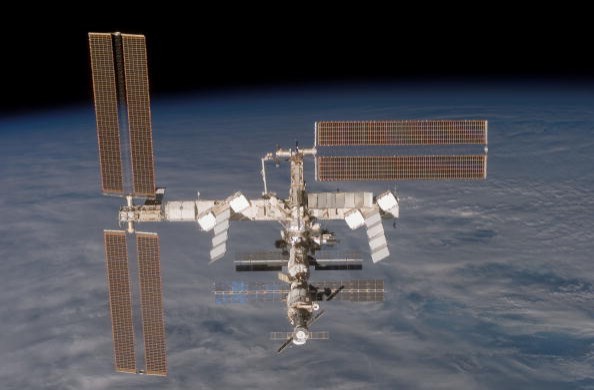As the satellite-to-phone service has been booming lately, the Federal Communications Commission proposed a new set of regulations for mobile carriers and satellite operators to provide coverage to remote and underserved areas.

Providing Coverage to Remote Areas
The Federal Communications Commission (FCC) started to set up the legal framework for satellite companies and mobile carriers that provide satellite service directly to mobile phones. Based on a report from Engadget, operators would have to meet certain requirements first.
As per the proposal, satellite providers that teamed up with cellular providers could get permission from FCC to operate on some licensed "flexible wireless spectrum," which is usually served for ground-based services.
They will also have to use non-geostationary orbit satellites in order for them to get leases from terrestrial spectrum owners in some areas. With this, they could provide service even to remote areas where phones usually cannot be used.
This proposal allows companies to talk with their satellite providers without the need for any additional hardware. For instance, T-Mobile also plans to use SpaceX's satellite to provide coverage for people who do not have any service.
Also Read : Virgin Orbit Announces Operation Pause, Seeks New Investors to Relieve Financial Pressure
Chairwoman Jessica Rosenworcel hopes for a single-network future where devices will use signals from cell towers and satellites without noticing. "We won't need to think about what network, where, and what services are available. Connections will just work everywhere, all the time," she added.
The Verge reported that FCC is working on how systems like 911 and emergency alerts will function when connected to a satellite. This could be extended to other bands, locations, and applications to support this feature through such collaboration.
Other Companies' Efforts
This news is not that surprising to some as several companies revealed their integration with other companies. Aside from T-Mobile's interest to use SpaceX, TechCrunch reported that some companies extended their efforts to link satellites to their services.
Lynk and AST Space Mobiles are working on providing universally accessible two-day data anywhere throughout the Earth. Qualcomm and Iridium are also collaborating as both companies merged their capabilities to the chipset levels.
Apple recently added an emergency satellite feature to their devices, specifically for the iPhone 14 series. This will give iPhone users ease to contact emergency services when in trouble.
Apple stated that the company invested as much as $450 million to make this feature possible. This effort is an expansion of the company to help iPhone 14 users to connect to emergency responders and their loved ones.
These integrations amaze Rosenworcel in how it demonstrates to bring satellite and terrestrial wireless capabilities to mobile networks. She noted, "This approach is designed to make it easier for satellite operators collaborating with terrestrial providers to obtain authorization for converged services.
Related Article : Space Tech Startup True Anomaly Sets Launch Date for its Prototype Jackal 'Orbital Purusuit' Spacecraft

![Apple Watch Series 10 [GPS 42mm]](https://d.techtimes.com/en/full/453899/apple-watch-series-10-gps-42mm.jpg?w=184&h=103&f=9fb3c2ea2db928c663d1d2eadbcb3e52)



